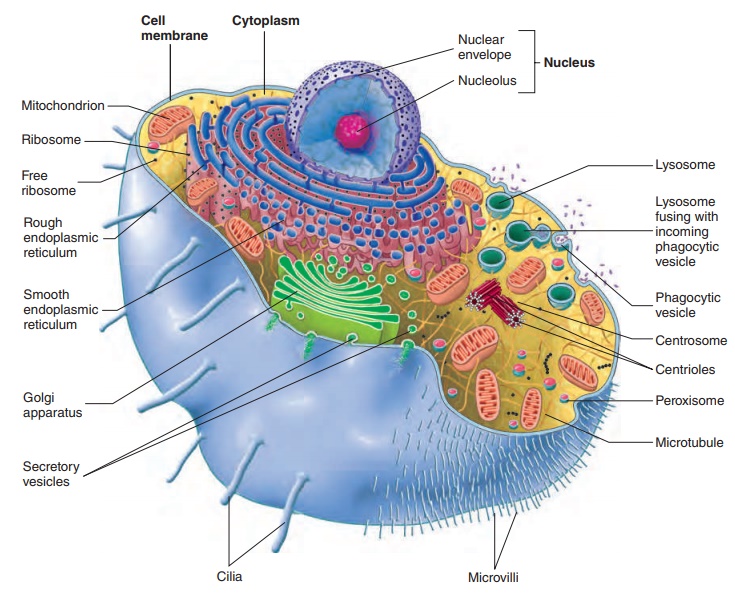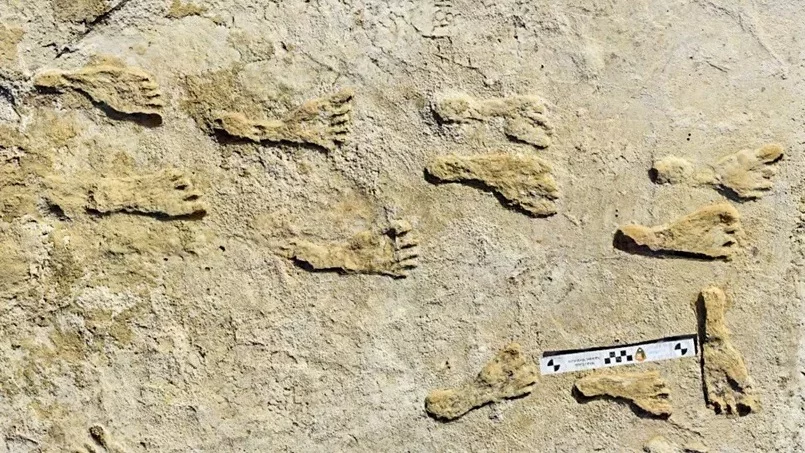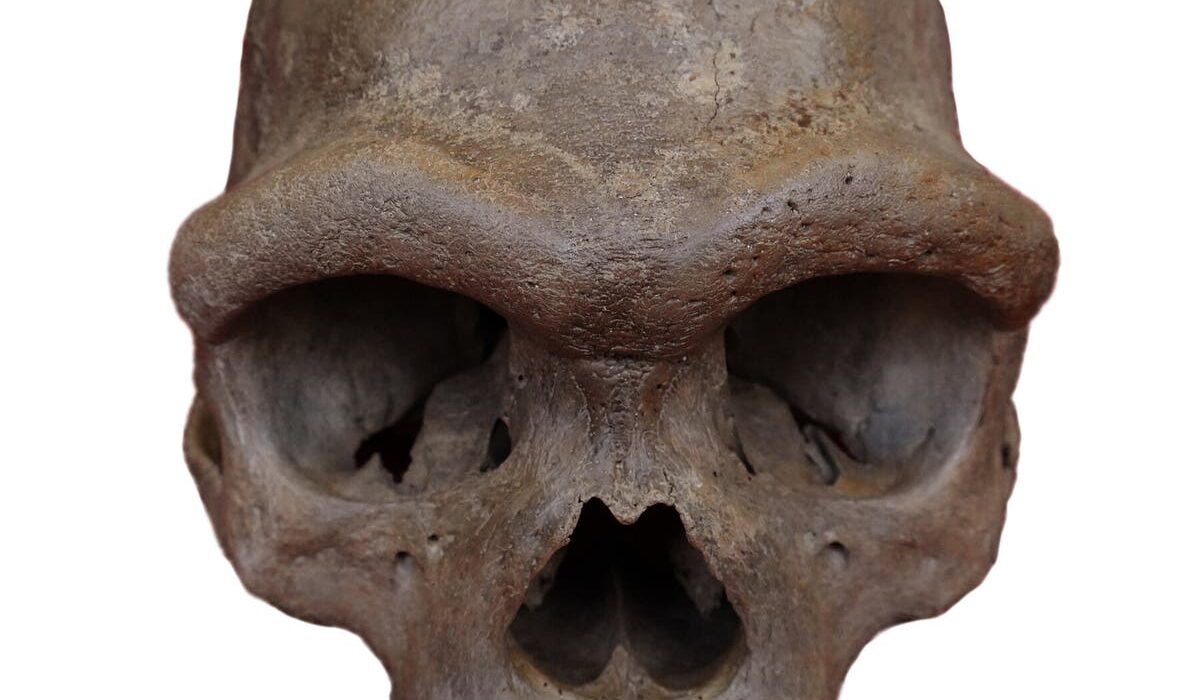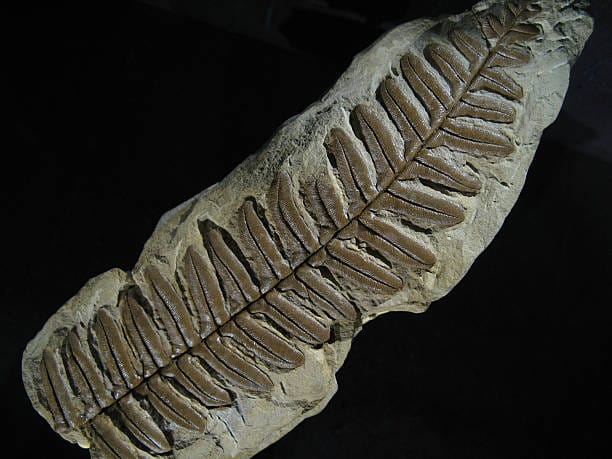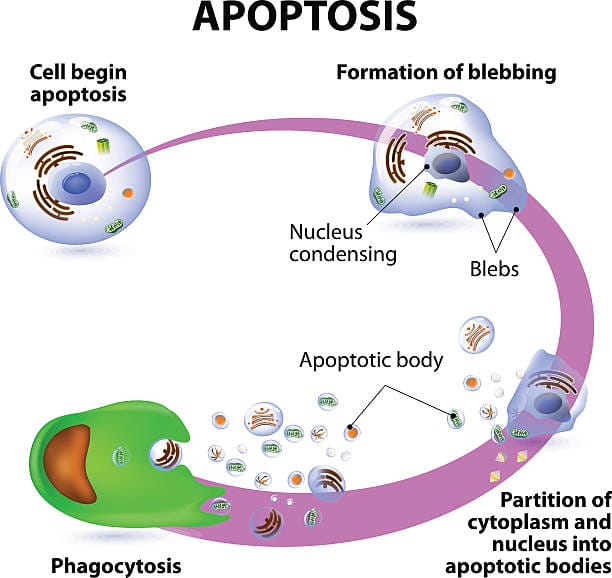Imagine shrinking yourself down, smaller than a grain of sand, smaller than a dust particle—so tiny that you can slip inside the vast, bustling universe of a living cell. Here, microscopic engines churn, delicate fibers stretch and pull, chemical messengers dart like bees, and intricate structures rise and fall like tiny cities. This is not science fiction. It is the astonishing reality of life at the cellular level.
Cells are the fundamental units of life. They are the smallest entities capable of performing all the activities necessary for existence: growing, reproducing, responding to the environment, and maintaining homeostasis. They are so tiny that millions can fit on the head of a pin, yet within them are astonishing levels of organization, complexity, and beauty.
This journey will take us deep into the heart of the cell—from the discovery of cells to their bewildering diversity, from the secrets of DNA to the futuristic possibilities of synthetic cells. Prepare to step into a world where life’s greatest mysteries unfold in microscopic splendor.
The Discovery of Cells: A New World Revealed
The story of cells begins with a simple invention: the microscope. In the 1660s, English scientist Robert Hooke peered through a crude, hand-built microscope at a thin slice of cork. What he saw amazed him—tiny, box-like structures that reminded him of the small rooms, or “cells,” in a monastery. Thus, the term “cell” was born.
Hooke’s cells were dead; he was looking at the empty walls of long-gone plant cells. But just a few years later, Dutch scientist Antonie van Leeuwenhoek would take things further. Crafting lenses of unprecedented quality, he glimpsed living cells—what he called “animalcules”—swimming and wriggling in pond water. These were the first observations of living microorganisms, an entire unseen world that no one had imagined.
As microscopy improved, scientists realized that every living organism they examined, from tiny bacteria to towering oak trees and even humans, was composed of cells. This realization led to the formulation of the cell theory in the 19th century: all living things are made of cells, cells are the basic units of structure and function in organisms, and all cells arise from pre-existing cells.
This simple yet profound idea reshaped biology forever. Life, in all its vast diversity, shares a common foundation.
The Two Great Kingdoms: Prokaryotes and Eukaryotes
Although all cells share common features, they fall into two broad categories: prokaryotic and eukaryotic.
Prokaryotic cells are the simpler of the two. They lack a true nucleus; instead, their DNA floats freely within the cell. Bacteria and archaea are prokaryotes, ancient life forms that have thrived on Earth for billions of years. Despite their simplicity, prokaryotes are remarkably diverse and adaptable. They live in the hottest volcanic vents, the coldest polar ice, and even inside other living organisms.
Eukaryotic cells, by contrast, are complex and highly organized. Their DNA is enclosed within a nucleus, and their interiors are packed with membrane-bound structures called organelles, each performing specific functions. All plants, animals, fungi, and protists are made of eukaryotic cells.
The difference between prokaryotic and eukaryotic cells marks one of the great divides in the tree of life. Yet both types of cells showcase the brilliance of biological design.
Inside the Cell: A Microscopic Metropolis
If you could journey inside a cell, you would find yourself in a city teeming with activity. Let’s explore some of its most important features.
The plasma membrane is the city’s protective wall, controlling what enters and exits. It is made of a flexible bilayer of lipids and embedded proteins that act as gates, channels, and sensors.
Within the membrane, the cytoplasm fills the space like a bustling downtown, a gel-like matrix rich with molecules and organelles.
The nucleus is the control center, the city hall of the cell, housing the DNA—the blueprint for all cellular activities. The nucleus is encased in its own membrane, punctuated with nuclear pores that allow materials to move in and out.
The endoplasmic reticulum (ER) stretches like an industrial zone around the nucleus. The rough ER, studded with ribosomes, assembles proteins, while the smooth ER synthesizes lipids and detoxifies chemicals.
Ribosomes are the factories, translating genetic instructions into proteins, the workers and tools of the cell.
The Golgi apparatus is the post office, modifying, packaging, and shipping proteins to their destinations.
Mitochondria are the power plants, generating ATP, the energy currency of the cell. Intriguingly, mitochondria have their own DNA and likely evolved from free-living bacteria, in a long-ago symbiotic event.
Lysosomes are the waste management centers, breaking down unwanted materials and recycling parts.
The cytoskeleton forms the city’s infrastructure, a network of protein fibers that provide structure, transport materials, and enable movement.
In plant cells, the cell wall offers additional protection and rigidity, while chloroplasts capture sunlight and turn it into energy through photosynthesis.
This dynamic metropolis runs with astonishing efficiency, constantly building, repairing, adapting, and responding.
DNA: The Master Blueprint
At the heart of every cell lies DNA—deoxyribonucleic acid—the molecule that carries genetic information. Shaped like a twisted ladder, or double helix, DNA contains sequences of four chemical bases (adenine, thymine, cytosine, and guanine) that encode instructions for making proteins.
Genes, stretches of DNA that code for specific proteins, are arranged along chromosomes within the nucleus. When a cell needs a protein, it transcribes the gene into messenger RNA (mRNA), which travels to ribosomes where the message is translated into a string of amino acids, the building blocks of proteins.
Proteins are the true workhorses of the cell, executing countless tasks: catalyzing reactions, building structures, sending signals, defending against invaders, and much more.
DNA replication ensures that when a cell divides, each daughter cell inherits an exact copy of the genetic blueprint. This faithful transmission of information is essential for growth, development, and reproduction.
Cell Division: The Propagation of Life
Life is dynamic, and cells are no exception. Cells grow, replicate their DNA, and divide, ensuring the continuation of life.
In prokaryotes, cell division occurs by a relatively simple process called binary fission, where the cell copies its DNA and splits into two identical daughter cells.
Eukaryotic cells divide by a more intricate process called mitosis, part of the larger cell cycle. During mitosis, the cell’s chromosomes are carefully separated into two new nuclei, followed by division of the cytoplasm (cytokinesis).
Mitosis is essential not only for reproduction in single-celled organisms but also for growth, repair, and maintenance in multicellular organisms. Every second, millions of cells divide in your body, replacing old or damaged ones.
A specialized form of cell division called meiosis produces gametes—sperm and eggs—with half the usual number of chromosomes. This ensures that when two gametes unite during fertilization, the resulting offspring have the correct chromosome number.
Specialization and Differentiation: The Diversity of Cells
Not all cells are the same. In multicellular organisms, cells become specialized to perform particular roles—a phenomenon called differentiation.
Muscle cells contract to move your body. Neurons transmit electrical signals to coordinate actions and thought. Red blood cells ferry oxygen throughout your bloodstream. Epithelial cells line your organs and provide protection. Immune cells patrol for invaders.
Despite their diversity, all these cells share the same DNA. What differentiates them is which genes are turned on or off—a process regulated by intricate networks of molecular signals.
Cell specialization enables the complexity of tissues, organs, and entire organisms, allowing life to reach astonishing heights of sophistication.
Communication Between Cells: The Symphony of Signals
Cells do not live in isolation. They constantly communicate, sending and receiving signals to coordinate activities, maintain homeostasis, and respond to the environment.
Chemical messengers like hormones, neurotransmitters, and cytokines bind to receptors on cell surfaces, triggering cascades of internal events that alter behavior.
Gap junctions, tiny channels connecting adjacent cells, allow direct sharing of ions and small molecules, creating electrical or chemical continuity.
Cell communication underlies everything from the beating of your heart to the regulation of your blood sugar, the fight against infection, and even the orchestration of brain activity.
When communication fails—whether through mutation, infection, or environmental disruption—diseases like cancer, diabetes, and autoimmune disorders can arise.
Cells and the Origin of Life: Ancient Beginnings
How did cells arise in the first place? This question probes the very origins of life on Earth.
The prevailing theory is that life began with simple molecules forming self-replicating systems in the “primordial soup” of ancient Earth, around 3.8 billion years ago. Over time, protective membranes evolved, encapsulating these molecules into primitive cells.
The earliest cells were likely prokaryotic, resembling today’s bacteria. Through a process called endosymbiosis, some of these primitive cells engulfed others, giving rise to organelles like mitochondria and chloroplasts. This remarkable partnership eventually led to the emergence of eukaryotic cells, paving the way for complex multicellular life.
Cells, therefore, are both ancient and continually evolving, carrying within them the echoes of life’s earliest moments.
The Future of Cells: Synthetic Biology and Beyond
Today, scientists are not only studying cells but beginning to build them.
Synthetic biology seeks to design and construct new biological parts, devices, and even entire cells. Researchers have already created synthetic genomes and inserted them into empty cells, effectively creating synthetic life.
Stem cell technology offers the possibility of regenerating damaged tissues and organs. Induced pluripotent stem cells (iPSCs) can be generated from adult cells, rewound to an embryonic-like state, and then coaxed into becoming almost any cell type.
Cell-based therapies are revolutionizing medicine, from personalized cancer treatments to potential cures for genetic diseases.
As we learn to manipulate cells with increasing precision, ethical questions arise: How far should we go in redesigning life? The potential is breathtaking, but so are the responsibilities.
Conclusion: The Eternal Wonder of Cells
Cells are more than the building blocks of life. They are life. In their membranes and molecules, their DNA and ribosomes, their communication and division, they embody the essence of living systems.
From the simplest bacterium to the human brain’s 86 billion neurons, cells demonstrate nature’s power to create complexity from simplicity, order from chaos, and beauty from chemistry.
As we continue to peer deeper into the microscopic worlds within us, cells remind us of the incredible creativity of nature—and the infinite possibilities that life holds.
The next time you breathe, think, feel, or dream, remember: it is your cells, tirelessly at work, that make it all possible.
